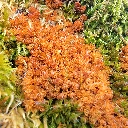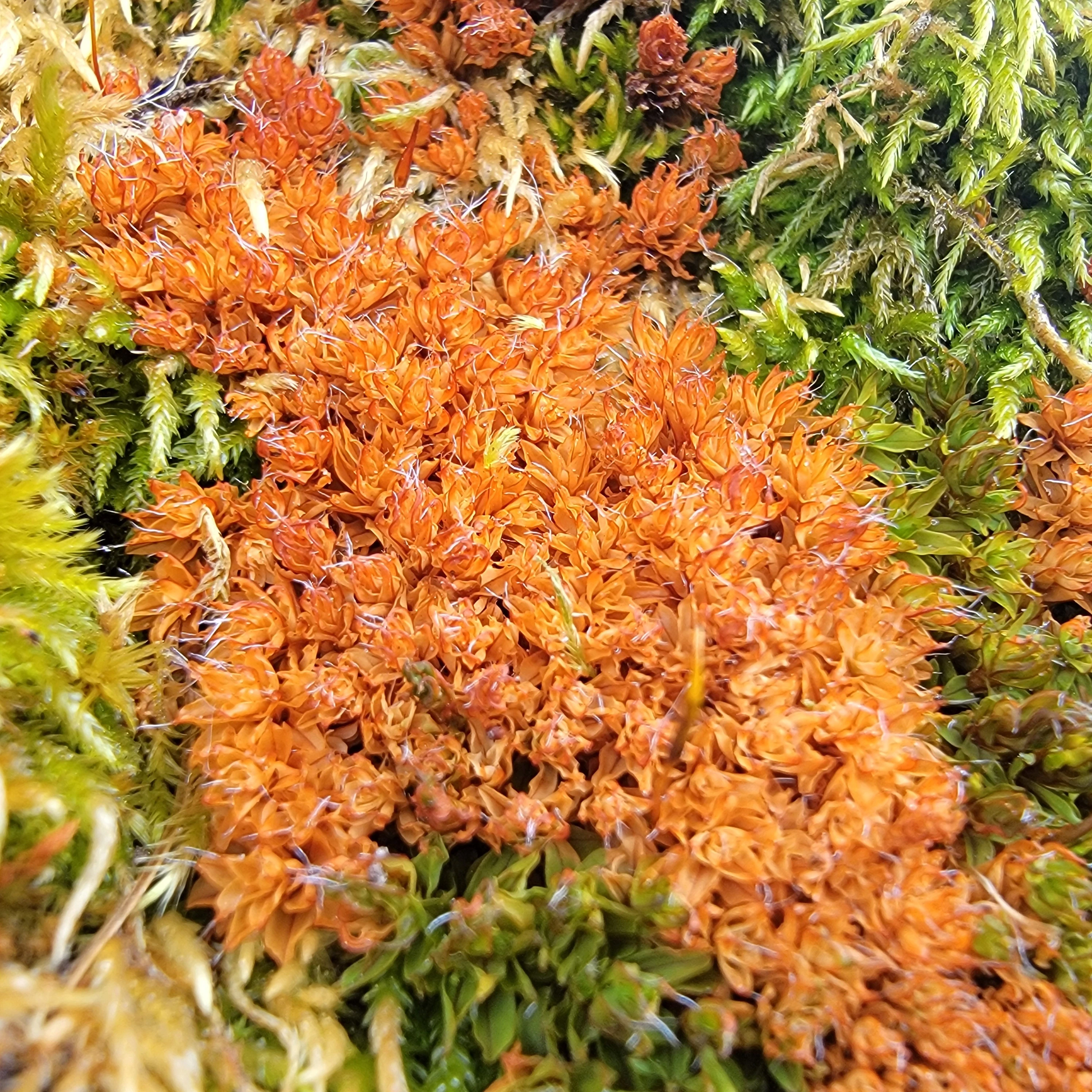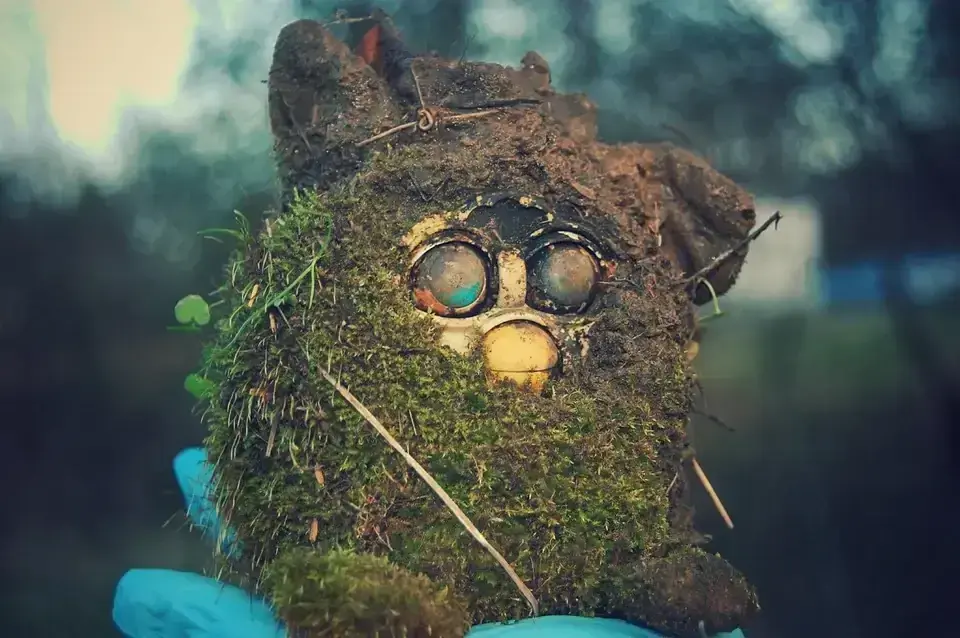
-
Help
I have a moss question. If I want moss to grow between bricks on my driveway (5mm gaps), can I just cut moss up, put it in, and water it? Will it grow (there's residual soil between the bricks as weeds grow there)? There's loads of moss (sphagnum amongst others, nearby) which I could harvest. Or do I need some kind of mix with a culture (like moss and milk, or something)? Is there any particular type of moss? Any advice is appreciated.
- www.abc.net.au Tasmania is a hotspot for mosses, those 'overlooked botanical beauties'
Des Callaghan has travelled the world photographing mosses, and describes Tasmania as a "hotspot".
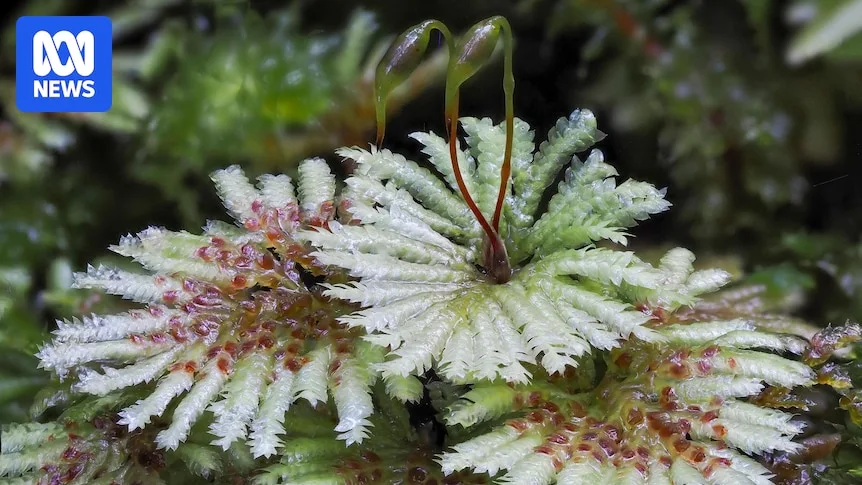
-
Protect peatlands to achieve climate goals
Fulltext:
>Peatlands cover 3 to 4% of the world’s terrestrial surface (1) but store 25% of total soil carbon (600 GtC) (2), double the global forest carbon sink (3). Peatlands are thus a key potential nature-based solution for climate change mitigation. However, widespread degradation resulting from centuries of peat disturbance, including extraction and agricultural expansion, undermines their ability to capture carbon (4). The 2023 United Nations Climate Change Conference (COP28) missed an important opportunity by highlighting forests but not peatlands in the Global Stocktake. The implementation of less intensive agricultural practices and more conservation and restoration (4, 5), driven by evidence-based decision-making, can ensure the resilience of global peatland carbon storage. > >Degraded peatlands now produce 5 to 10% (0.5 to 1 PgC) of global annual anthropogenic carbon emissions (6). Degradation reduces resilience, making peatlands more vulnerable to climate change impacts and less capable of storing carbon. For example, wildfires in northern temperate and boreal peatlands have reduced carbon uptake in pristine peatlands by 35% in addition to producing increased emissions (7). Even largely pristine peatlands—such as the Central African peatland complex, which stores 29 PgC, the equivalent to about 3 years of global CO2 emissions (8)—have been shown to be highly vulnerable to changes in hydroclimatic conditions (9). > >Unlike COP28, previous climate change conferences have heralded progress in national recognition of the essential role of peatlands. The 2022 Conference of Parties (COP27) initiated the launch of the Global Peatland Assessment, synthesizing knowledge on dynamics, threats, and distribution (10). At the 2021 Conference of Parties (COP26), four countries announced the inclusion of peatland conservation and restoration as a means of achieving their Nationally Determined Contributions (NDCs)—climate change mitigation targets—for the first time (11). However, only 43 out of 195 NDC submissions specifically mention peatlands (29 in Europe, 3 in Africa, 4 in the Americas, and 7 in Asia) (12), and few provide details. The potential of peatlands as a nature-based solution is substantial. By 2030, the total possible annual emissions reductions and CO2 removals from all ecosystems are estimated to be between 5 and 12 Pg CO2 emissions per year (11). Peatlands alone could reduce emissions by about 1.1 to 2.6 Pg CO2 emissions per year (5). The future of peatlands as a nature-based solution is promising if current and future governments recognize both their potential and the peril of continued inaction at regional and national scales.
- scitechdaily.com Climate Crisis Worsens: New Study Shows Peatlands Losing Battle Against Drought
Peatlands experience greater impacts from drought than previously anticipated, raising concerns due to their crucial role in combating climate change. Prolonged drought conditions significantly reduce the capacity of peat to absorb additional carbon dioxide (CO2). Furthermore, enhancing biodiversity

- www.theguardian.com Plantwatch: the strange organism so tough it can survive in space
Lichen survived 18 months attached to outside of International Space Station and raises prospect life could exist on Mars

- iaac.net Moss Voltaics - The Institute for Advanced Architecture of Catalonia
Moss Voltaics is a green façade system that aims to explore how moss might be used as a source of renewable energy. Find out more

- eos.org Mosses Play Key Roles in Ecosystems from Tropics to Tundra - Eos
A global survey of mosses growing on soil found that the somewhat underappreciated plants cover a vast area and perform tasks such as sequestering carbon.
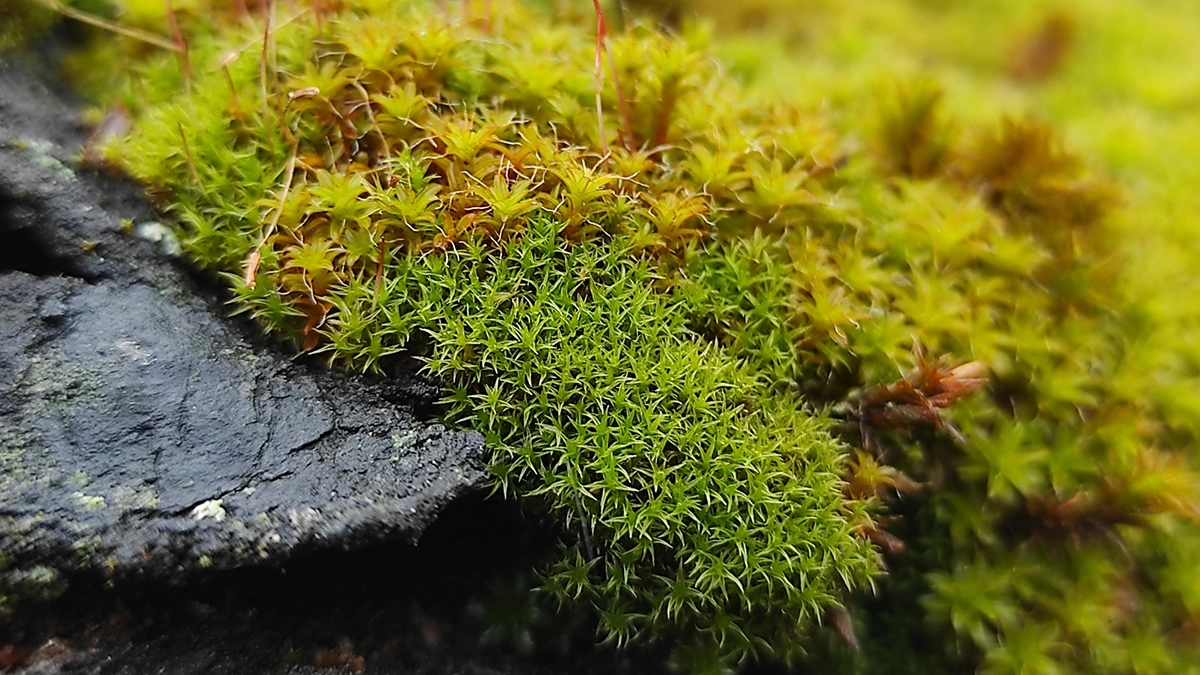
- www.nature.com The global contribution of soil mosses to ecosystem services - Nature Geoscience
Mosses support carbon sequestration, nutrient cycling, organic matter decomposition and plant pathogen control in soils across the globe, according to a global survey of soil attributes in ecosystems with and without mosses.
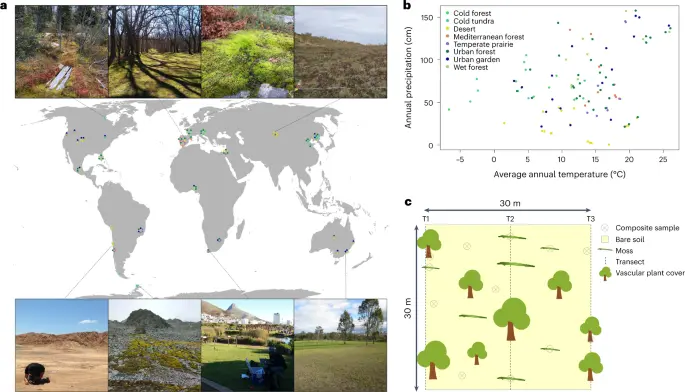
-
ICUN Peatland Programme Sumer 2023 Newsletter
Check out their stuff, guys. They do good work and they usually have a good list of new research and publications at the bottom. It's usually 50:50 academic and non academic content. :)
-
Luscious green on the Great Glen Way near Drumnadrochit, Scotland


I've always lived in an environment with fairly smol moss, but I was lucky enough to visit Scotland in 2014 and one of the environmental differences that really struck me was how luscious the moss and greenery was!
(I'm not a moss expert so forgive me if this isn't actually moss. 😅)
-
I have so many moss pictures on my phone. Here's some from a clootie well in Cornwall.


https://en.wikipedia.org/wiki/Clootie_well
-
Crome Sphagnum

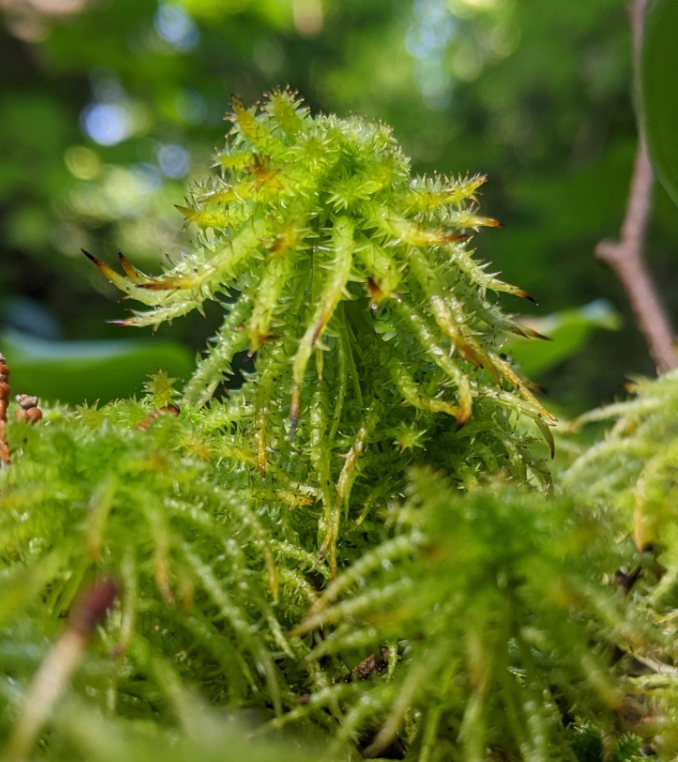
Hell yeah moss!! Went to trawl my iNat archives for presentable photos.
Crome Sphagnum (sphagnum squarrosum)
